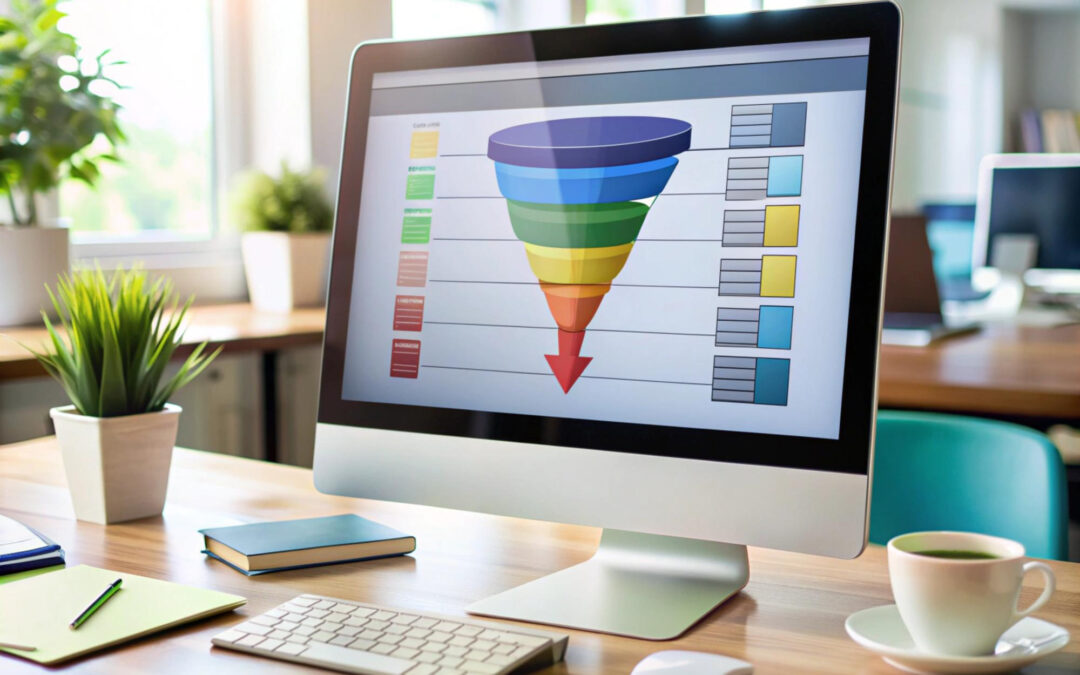Google Analytics is an essential tool for any business looking to track and optimize their online performance. When running a digital marketing campaign, analyzing metrics in Google Analytics helps you understand how well your campaigns are performing, what’s working, and where improvements can be made.
Whether you’re running PPC ads, email marketing, or social media campaigns, Google Analytics offers detailed insights into your campaign metrics, helping you make data-driven decisions. In this guide, we’ll walk you through the key metrics you should focus on and how to analyze them for optimal results.
Key Metrics in Analytics
When you dive into Google Analytics, it can be easy to get overwhelmed with all the data available. However, focusing on the right metrics will help you understand how users are interacting with your campaigns and where you can optimize for better performance.
1. Sessions
A “session” is the period during which a user is actively engaged with your website. Tracking the number of sessions helps you understand how much traffic your campaign is driving.
2. Bounce Rate
The bounce rate measures the percentage of visitors who leave your site after viewing only one page. A high bounce rate could signal that your landing page isn’t relevant to the visitors or that the user experience is lacking.
3. Session Duration
The average time users spend on your website tells you whether your content is engaging enough to hold their attention. Longer session durations typically indicate high user interest.
4. Pages Per Session
This metric shows the average number of pages viewed per session. A higher number suggests that users are exploring more of your site, which is often a sign of engaging content or clear navigation.
These key metrics lay the foundation for understanding campaign metrics in Analytics. Now, let’s dive into more detailed campaign performance reports.
Campaign Reports
Google Analytics provides specific campaign reports that give you deeper insights into your campaign’s success. These reports help you understand which traffic sources, campaigns, and channels are performing best.
Traffic
When evaluating the effectiveness of your campaigns, it’s essential to know where your traffic is coming from. Google Analytics breaks this down into various traffic sources such as:
- Organic Search
- Paid Search
- Social Media
- Referral Traffic
- Direct Traffic
By focusing on traffic metrics, you can evaluate how well your campaigns are driving people to your site and adjust accordingly. For example, if a paid ad campaign is bringing in high traffic but low engagement, you may need to revisit your targeting or ad copy.
Conversions
One of the most critical metrics in any campaign is the conversion rate. This refers to the percentage of users who complete a desired action, such as filling out a contact form, making a purchase, or signing up for a newsletter.
In Google Analytics, conversions are tracked through Goals or Ecommerce Tracking. You can set up goals based on different actions that are important to your business, such as:
- Form submissions
- Purchases or bookings
- Downloads
- Email sign-ups
Tracking conversions allows you to measure your return on investment (ROI) and determine which campaigns are generating the most valuable actions.
Optimization Insights
Once you’ve analyzed your campaign metrics, the next step is optimization. Google Analytics analysis provides actionable insights that can help you fine-tune your campaigns for better performance.
- A/B Testing: Use Google Optimize or other testing tools to experiment with different landing pages, ad creatives, or website elements to see what resonates best with your audience.
- Audience Segmentation: Break down your data to analyze different segments, such as new vs. returning visitors, mobile vs. desktop users, or specific geographic locations. Understanding these segments will allow you to tailor campaigns more effectively.
- Attribution Models: Google Analytics offers various attribution models (Last Interaction, First Interaction, Linear, Time Decay, etc.) that help you understand the customer journey and how different touchpoints contribute to conversions.
- Acquisition Channels: Evaluate which channels (social, paid search, organic) are bringing in the most engaged visitors and producing the best conversions. Double down on the best-performing channels and test new strategies for underperforming ones.
- Landing Page Performance: Use landing page data to identify high-performing pages and those that need improvement. This can help you improve user experience, reduce bounce rates, and boost conversions.
By leveraging these optimization insights, you can continuously improve your campaigns, making your marketing efforts more effective and cost-efficient over time.
Conclusion
Analyzing metrics in Google Analytics is vital for any digital marketing campaign. Whether you’re looking to understand traffic patterns, measure conversions, or optimize campaigns for better performance, Google Analytics provides the data you need to make informed decisions. By focusing on key metrics like traffic, bounce rate, and conversions, and leveraging optimization insights, you can fine-tune your campaigns to drive better results. Google Analytics is a powerful tool, and understanding how to analyze campaign metrics will help you maximize your ROI and improve your overall marketing strategy.
At Strattz, we help businesses navigate the complexities of Google Analytics analysis and optimize their campaigns for success. If you need assistance interpreting your campaign data or setting up advanced tracking, we’re here to help.



